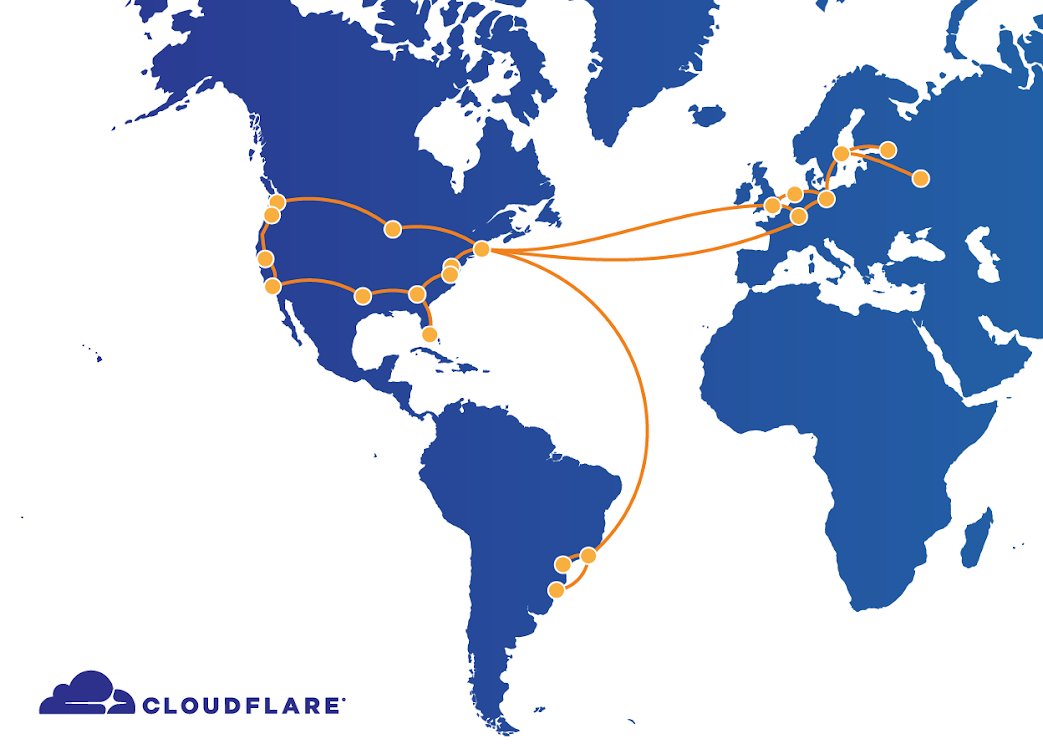Phased Approach to Securing a Data Center
In the fight against relentless cyberattacks, organizations have long relied on traditional perimeter firewalls to protect sensitive workloads and information in the data center. But today, in the era of distributed applications and hybrid cloud environments, we know that perimeter defenses are not enough to stop cybercriminals.
To improve security postures inside corporate networks — which means protecting against both bad actors who penetrate perimeter defenses and malicious insiders — organizations must monitor, detect, and block hostile east-west (internal) traffic using internal firewalls.
To date, network and security professionals have generally viewed securing east-west traffic as too complex, expensive, and time-consuming for their brownfield, and even greenfield, data centers. At VMware, we agree with that perception: it’s certainly true for organizations trying to detect and prevent the lateral movement of attackers by employing traditional, appliance-based perimeter firewalls as internal firewalls.
There’s a Better Way to Secure the Data Center
Instead of awkwardly forcing appliance-based firewalls to serve as internal firewalls, organizations should employ a distributed, scale-out internal firewall specifically Continue reading











